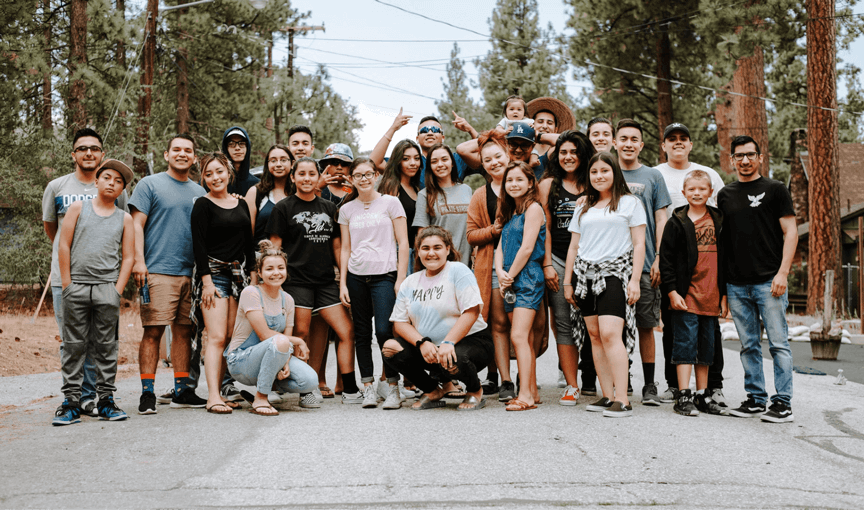FIP responds to the poor state of school infrastructure, and the lack of maintenance in schools repeatedly raised as a critical challenge for schools within the Khulani Schools Programme. One of the contributing factors to the lack of maintenance was a limited sense of ownership over school assets. It also provides a solution to the problem of the lack of developmental opportunities for youth.
Through life skills, on-site training, and technical construction knowledge, the programme has empowered young people, not in employment, education or training (NEET) with an opportunity to be economically active members of their communities. To date, this innovation has paved the way for the training and creating employment opportunities of over 300 youth in three communities ensuring that a total of 18 schools have benefitted from access to improved infrastructure across Braamfischerville, Eldorado Park and Ivory Park in Johannesburg, South Africa. This is an innovative solution because it has different pillars and solves a variety of problems at once.
The innovation was piloted in 2021 in Braamfischer, Soweto, involving 100 participants who utilized their newly acquired skills to refurbish seven schools in their community. Since then, the program has expanded to two additional communities and has led to the refurbishment of eighteen schools. Notably, at Qinisweni Secondary School, this innovative solution resulted in the construction of a new school hall from the ground up.
To replicate FIP, organizations must engage in community-driven asset building by actively involving local stakeholders, who are essential for resources, expertise, and long-term support. Mobilizing local businesses and suppliers for materials and resources strengthens sustainability while fostering community ownership ensures long-term impact.



